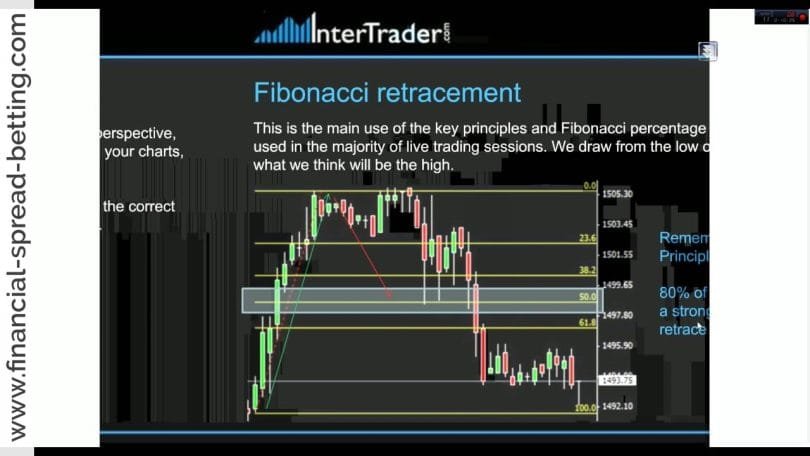Perhaps the least important part of the wave theory, nonetheless Elliott considered pattern, ratio, and time in his work. He used the Fibonacci series and counted forward from significant peaks and troughs, so that the 8th day, 13th day, 21st day, 34th day, etc. were looked at in the expectation that one or more of them would become another reversal day. This idea, while interesting, is seldom used. It can be applied to weekly or monthly charts too.
Perhaps the most important way to use this information is to look for intersections of the various indicators. For instance, if you have a fifth wave that is nearing a price target, and there is also a time target coming up, then it is more likely that there will be a price event happening shortly.
Summary of Elliott Wave Theory
The Elliott Wave Theory has its devotees, some of whom are ardent. It takes practice and experience to be able to correctly locate the Elliott waves on any chart, so there is some discretion in their use. As with all technical analysis, you should combine the use of Elliott Waves with other technical tools and indicators in order to better your trading. Here are some reminders of the theory –
- the Elliott Wave Theory covers pattern, ratio, and time, in that order of importance
- it works best in markets with good liquidity
- the complete bull market cycle consists of five waves in an uptrend and three waves in a downtrend
- the trend comprises five waves in the direction of the next larger trend
- corrections are always three waves
- wave patterns make up longer waves, and waves can be divided into smaller waves
- triangle patterns are usually fourth waves, just before the final push
- retracement targets are 38%, 50%, and 62%, following the Fibonacci ratios

